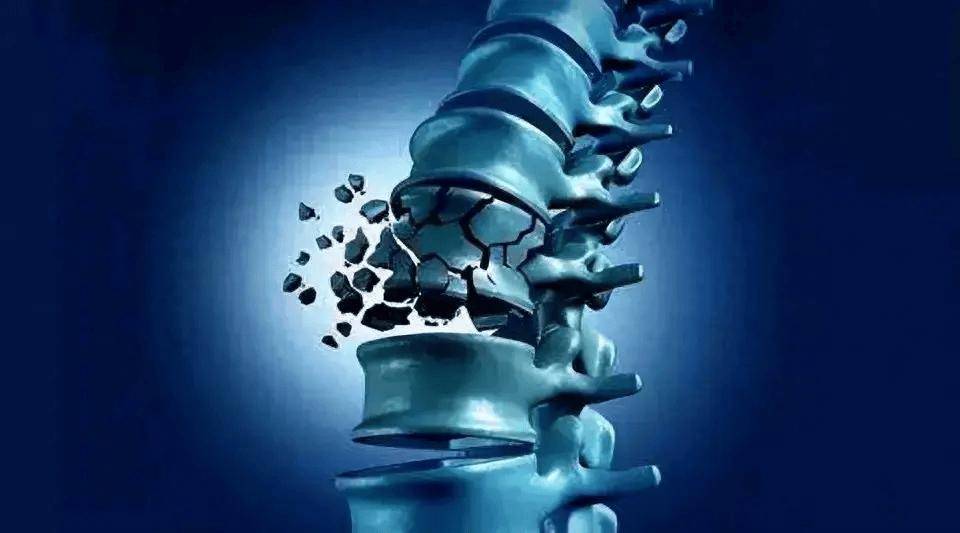The change in sex hormone levels turns out to be the “hidden hand” behind osteoporosis!
In the public perception, osteoporosis seems to always be closely related to factors such as age, nutrition, genetics, and so on.
However, recent medical research has discovered an unexpected “hidden hand” – the change in sex hormone levels.
Today, let’s take a look at the connection between sex hormones and osteoporosis.
Sex hormones: the “guardian” of bone health
Sex hormones are closely related to our daily life, not only being important hormones for maintaining normal growth and development in the body, but also acting as the “guardian” of bone health.
Specifically, sex hormones mainly include: estrogen and testosterone.
In the female body, estrogen plays a crucial role in the growth, development, and maintenance of bones; while in the male body, testosterone plays a similar role.
Studies have shown that sex hormones can affect the activity of bone cells, promote bone formation and repair, as well as regulate the absorption and utilization of calcium by bones, ensuring bone health and strength. When sex hormone levels change, the health of bones is also affected.
Changes in sex hormone levels: the “trigger” for osteoporosis
So, why do sex hormone levels change? This is mainly related to various factors such as age, diseases, medications, and more.
As age increases, the body’s endocrine system gradually changes, and sex hormone levels also decrease. Under the influence of certain diseases or medications, sex hormone levels may also fluctuate abnormally.
When sex hormone levels decrease, the activity of bone cells is affected, the speed of bone formation and repair slows down, and the absorption and utilization of calcium by bones also decrease. As a result, the strength and density of bones gradually decrease, eventually leading to osteoporosis.
According to data from the World Health Organization (WHO), around 200 million people worldwide suffer from osteoporosis, with a higher proportion among female patients. In women aged 50 and above, the prevalence of osteoporosis is as high as 21.8%.
The “evidence chain” between sex hormone levels and osteoporosis
In order to better understand the relationship between changes in sex hormone levels and osteoporosis, scientists have conducted extensive research:
1. Estrogen and osteoporosis
Estrogen is one of the main sex hormones in the female body and plays a crucial role in bone health.
Research has found that when women enter menopause, estrogen levels rapidly decrease, leading to reduced activity of bone cells and decreased absorption and utilization of calcium by bones. This process is known as “estrogen withdrawal osteoporosis.”
A study in the Journal of the American Medical Association pointed out that the prevalence of osteoporosis in postmenopausal women is over 50%, while in women receiving estrogen replacement therapy, the prevalence of osteoporosis is significantly lower.
2. Testosterone and osteoporosis
Although testosterone dominates in the male body, it also has certain physiological functions in the female body.
Testosterone can promote bone formation and repair, as well as inhibit the activity of bone-resorbing cells, reducing bone destruction. When testosterone levels decrease, the bone health is also affected.
The Journal of Osteoporosis pointed out that in elderly men, the decrease in testosterone levels is closely related to the occurrence of osteoporosis, and in men receiving testosterone replacement therapy, the prevalence of osteoporosis is significantly lower.
How to prevent and treat osteoporosis?
Since the change in sex hormone levels is the “hidden hand” behind osteoporosis, we should start with regulating sex hormone levels to prevent and treat osteoporosis.
Specifically, the following methods can be adopted:
1. Maintain good lifestyle habits
Maintaining an adequate amount of sleep, a balanced diet, and moderate exercise is the foundation for stabilizing sex hormone levels.
It is recommended to get 7-8 hours of sleep every day, consume foods rich in calcium, vitamin D, and other nutrients, such as milk, eggs, dried shrimp, kelp, etc.
Engaging in physical exercise helps improve physical fitness and regulate the endocrine system.
2. Regularly check sex hormone levels
For individuals with abnormal sex hormone levels, regular checking of sex hormone levels is crucial.
Through examinations, changes in sex hormone levels can be detected in a timely manner, and corresponding measures can be taken for adjustment. If abnormal sex hormone levels are found, medication can be used for treatment under the guidance of a doctor.
3. Actively treat related diseases
Some diseases such as premature ovarian failure, polycystic ovary syndrome, etc., can also lead to abnormal sex hormone levels. Treating these diseases is also an important measure to prevent osteoporosis. During treatment, close attention should be paid to changes in sex hormone levels and adjustments made as needed.
4. Medication treatment
For patients already with osteoporosis, commonly used medications include calcium supplements, vitamin D, estrogen, and testosterone.
These medications can regulate sex hormone levels and improve bone health through different pathways. However, when using these medications, it is important to follow the advice and guidance of a doctor to avoid excessive use or misuse.
By understanding the mechanism of sex hormones and the causes of osteoporosis, we can better understand the connection between them. Through appropriate preventive and treatment measures, we can effectively reduce the risk of osteoporosis. We hope this article helps raise awareness about the relationship between osteoporosis and changes in sex hormone levels, and emphasizes the importance of protecting bone health in daily life.


